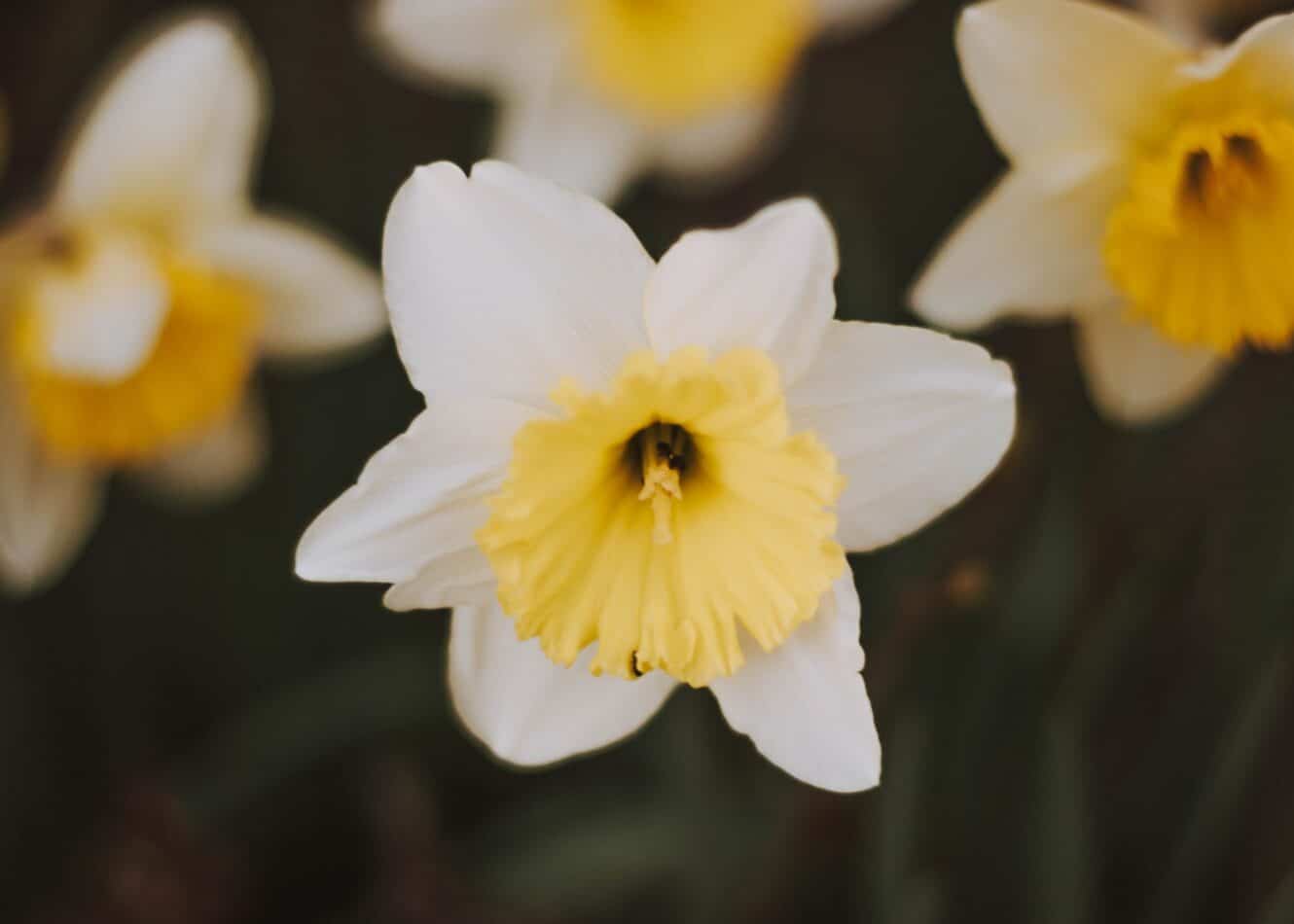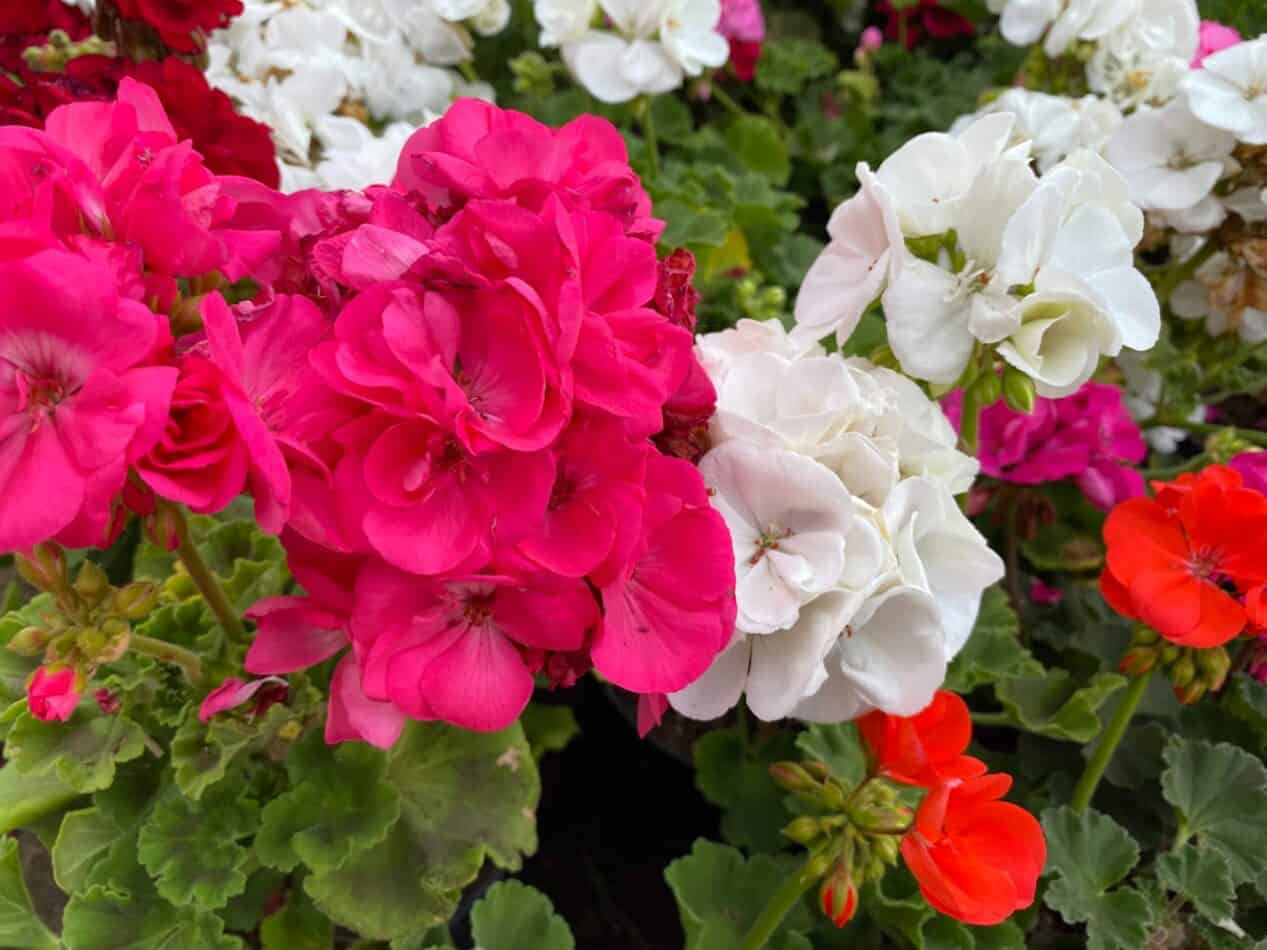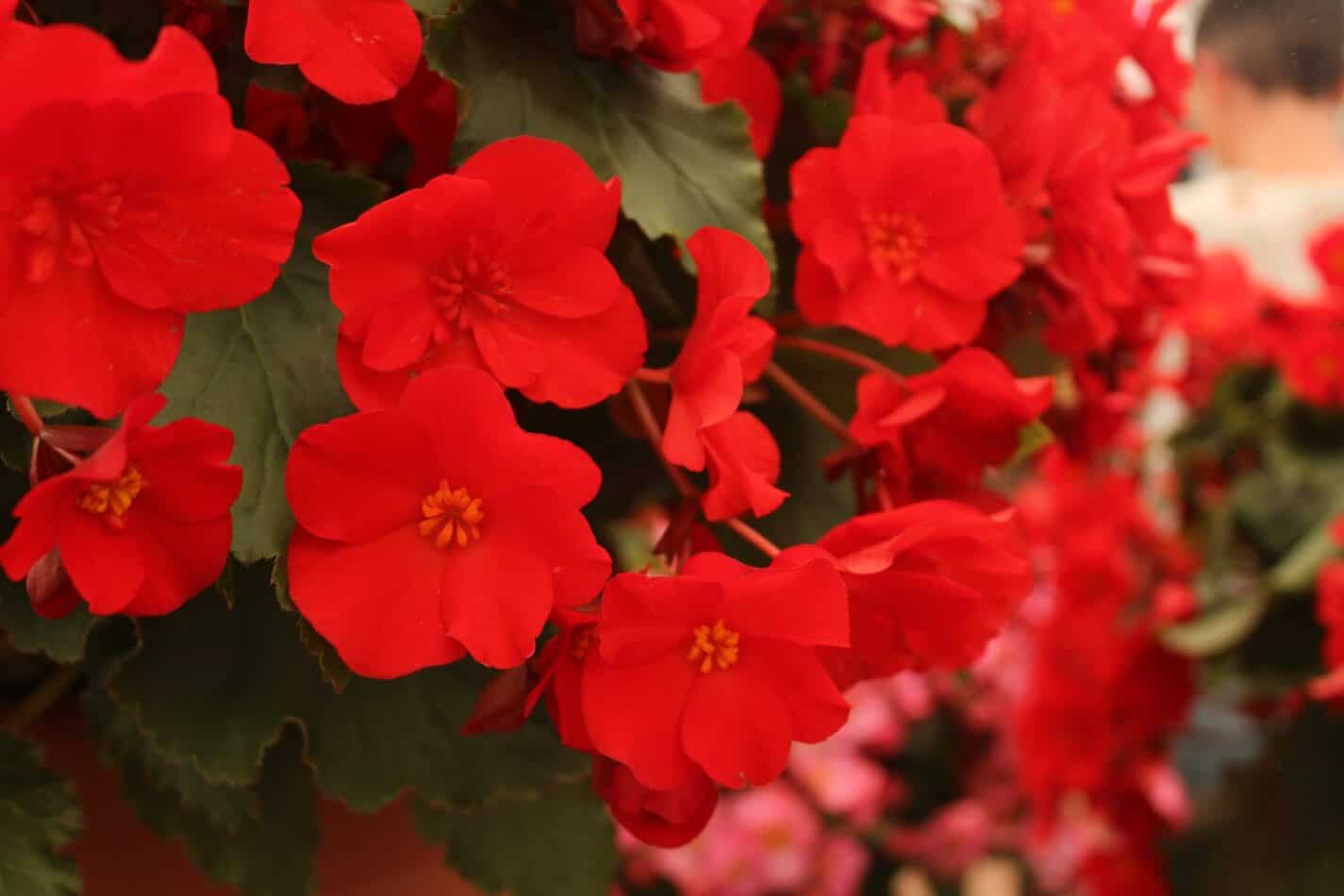The daffodil is a harbinger of spring. When it grows out from under the snow cover, you realize that the warmer season is coming soon. At first, the green, oblong daffodil leaves emerge from the ground. A stem with a bud appears only later, from which a yellow flower develops. Varieties of these popular garden perennials have grown in abundance over the years. They will bloom in beds and pots and work well as decorative plants for hanging baskets. Their petals come in shades of white, yellow, orange, and even pink. It is cultivated in Poland in gardens and flowerbeds because of its early blooming time and beautiful, bright flowers. It can also be used in floristics to create decorative compositions and bouquets and daffodils meaning and symbolism is fascinating too. It is also grown at home because of its visual value and flowering time, which usually falls on Easter. It can be a decoration of a window, a festive table, and a basket with a holly. It is a member of the Amaryllis family. In its natural state, it can be found in Portugal and Spain.
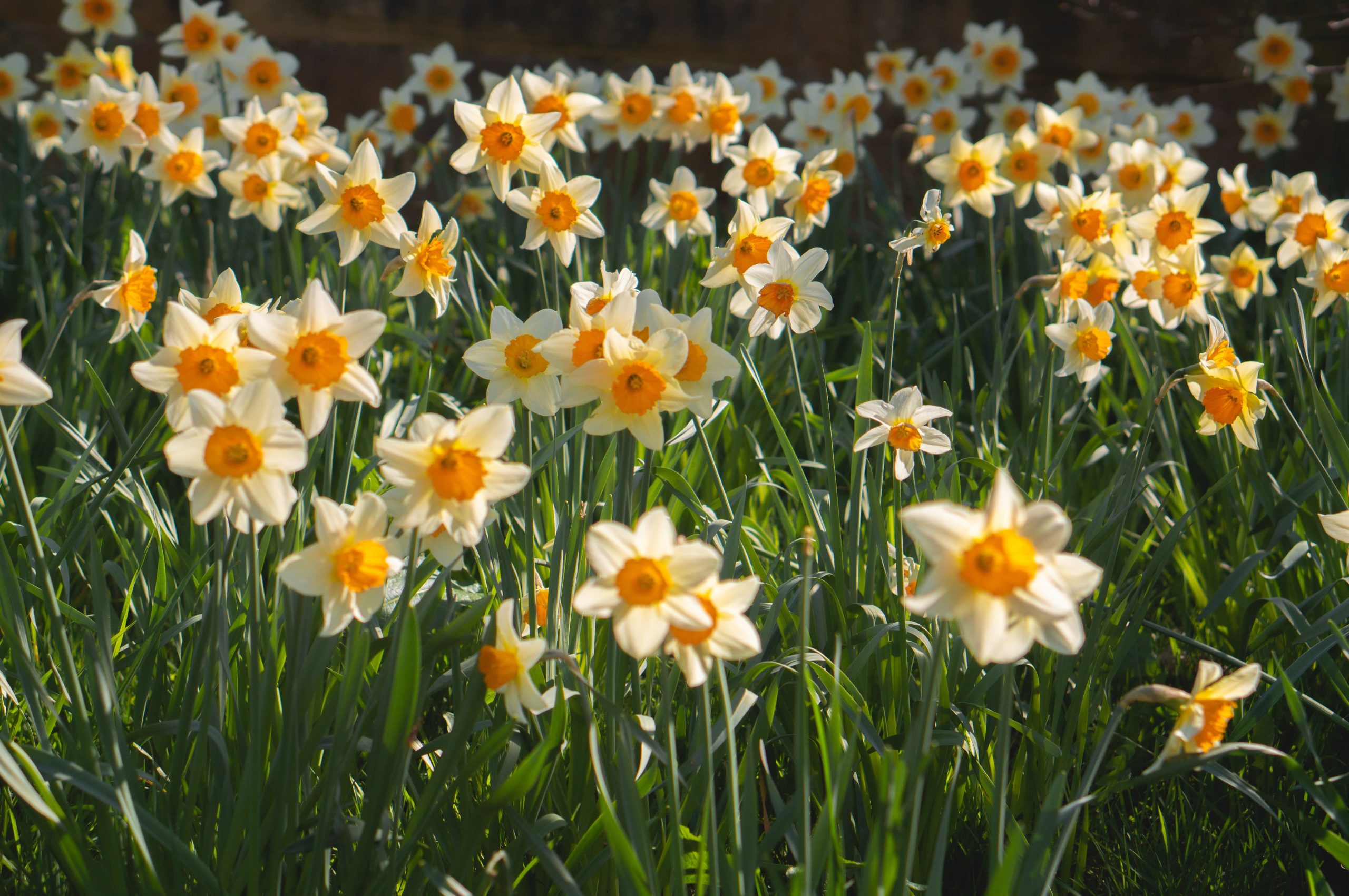
When to plant daffodils?
The daffodil flower produces adventitious bulbs that spread. These make it easy to propagate the plant. When you notice the death of the leaves and the above-ground shoot, you start digging up the bulbs. This can be done in June and July. Cleaned and prepared bulbs are set aside in a cool, dark, airy place. They can be treated with an antifungal agent. In September, they are planted in a previously prepared area, 3-4 bulbs to one hole. You may wonder how deep to plant daffodils so that they develop a new flower in the next season? The depth of planting bulbs in a hole is about 2 inches. It is also good to keep 8 inches between each hole.
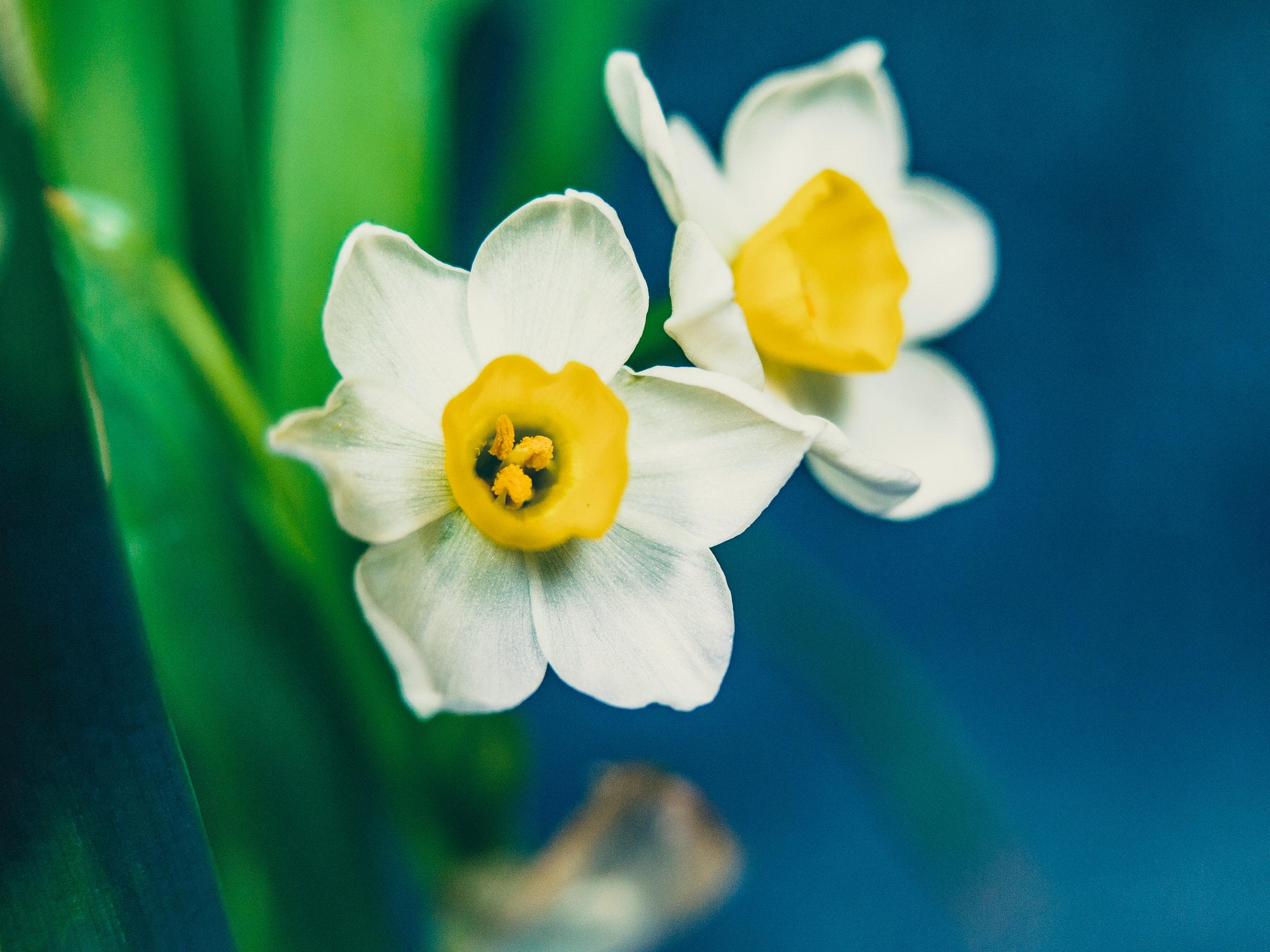
Best way to cultivate daffodils
Daffodils grown in gardens are hardy plants. They prefer sunny or slightly shaded positions. They are resistant to frost, and they don’t even need an additional cover for winter. They do not require any special care. They can be cultivated on garden soil, preferably humus, slightly acidic or neutral (pH 6-7), maintaining constant humidity. When spring starts and a daffodil flower reaches 2 inches in height, we can add nitrogen fertilizer to the soil. Urea, ammonium sulfate, or ammonium nitrate are suitable for this purpose. If daffodils grow in the same place for several years, then a compound fertilizer for flowering plants or bulbs is used.
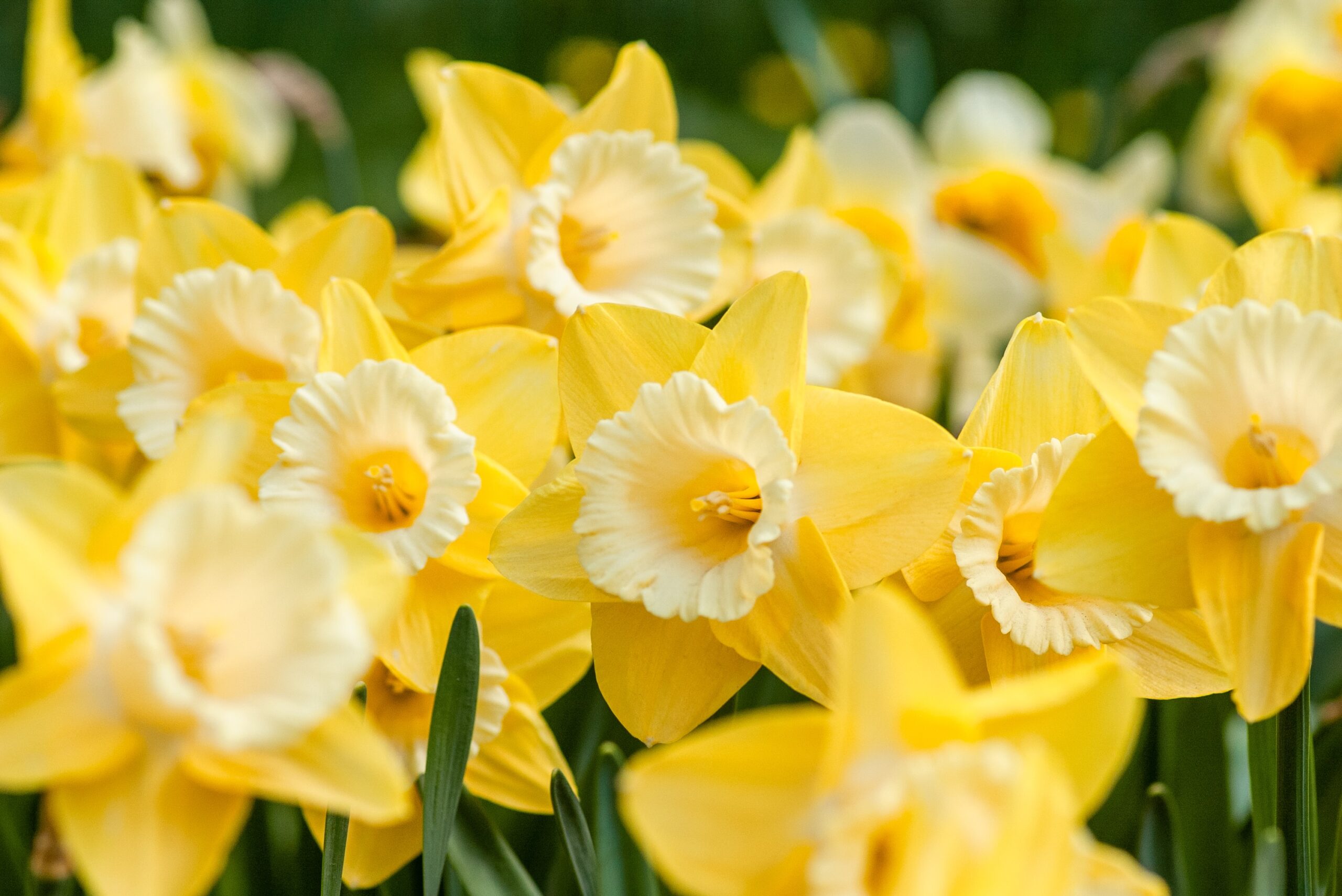
When do daffodils bloom?
The blooming period of daffodils is from late March to May. They can grow even from under the snow. In a year with warmer spring temperatures, daffodils grow among lower grasses and in gardens. They grow from bulbs. First, a clump of green, oblong leaves appears. Only then does a flower stalk emerge, which takes days to develop. There can be from 2 to even eight flowers on a single stem. The entire daffodil plant grows up to 16 inches. It has a long stem that ends with a yellow flower.
What we love from Amazon this week
Buy these wonderful flowers directly from Amazon:


